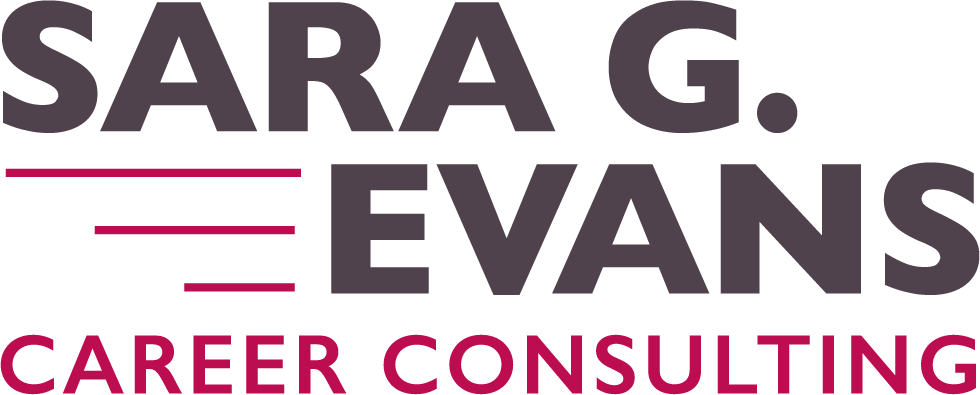Chart a New Path Without Starting Over: 3 Questions You Should Ask Yourself
Whether your desire for change is self-motivated or prompted by external factors, navigating a career change can seem daunting. Taking a realistic inventory of needed qualifications, skills and experiences is critical to accomplishing your career goals and ensuring it’s longevity. On the flip side, kicking off your change journey by focusing solely on what’s missing can drain you of the positive energy needed to move forward.
Before focusing on your to-do list, inventory your accomplishments to include the knowledge, skills and abilities you’ve built with experience. This information is the cornerstone of your personal brand and should be used to develop your unique value proposition.
Here are three questions you can ask yourself to get started:
1. What are my transferable skills?
What skills have you demonstrated that could be valuable in your next role? Don’t discount your experience utilizing these skills in an environment different than the one you’re looking to move to. For example, strong project management, organization and writing skills are highly valued across industries and job functions.
2. Have I demonstrated the core competencies of my desired role?
A core competency is a capability deemed critical to success in the role. Core competencies are listed as qualifications in a job description and we are measured against the same core competencies during performance reviews. Leadership, management of others, driving for results and communication skills are examples of some core competencies. Consider how you’ve demonstrated success in core competencies required of your desired next role. Competencies are transferable across job function and industry. Your record of amazing leadership should be counted - even if the industry or even the role you want is different than you have held.
3. How can my perspective offer unique value?
Can your knowledge and experience fill in potential knowledge and process gaps where you’re heading? What do you bring to the table that a typical candidate is unlikely to offer?
Now that you have these answers, here is what you can do.
Update your resume.
Ensure your LinkedIn profile is up to date.
Networking, networking, networking.
“But Sara, what if my path to happiness is still murky and/or I have no idea where to take my newfound knowledge?”
